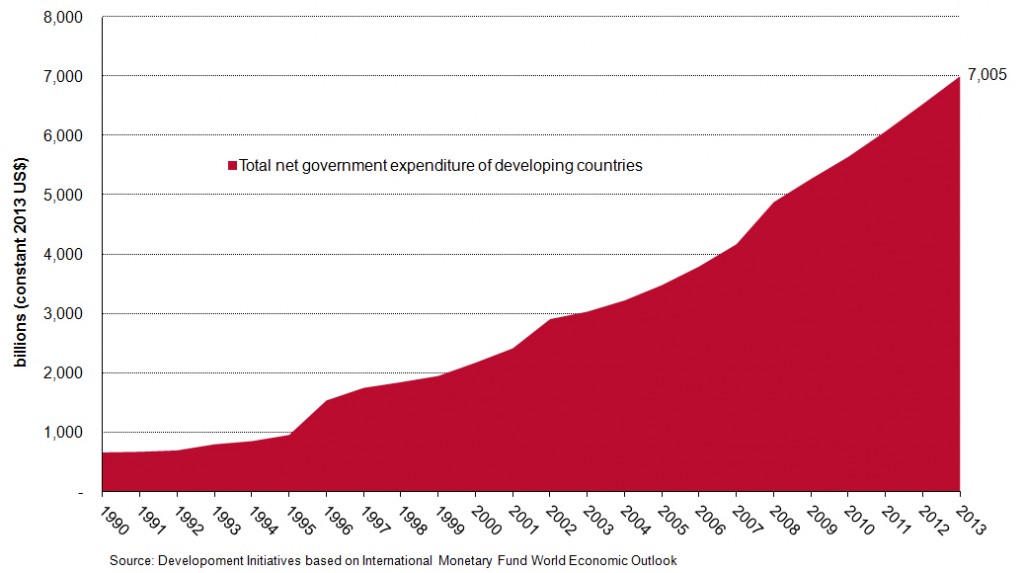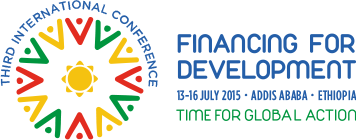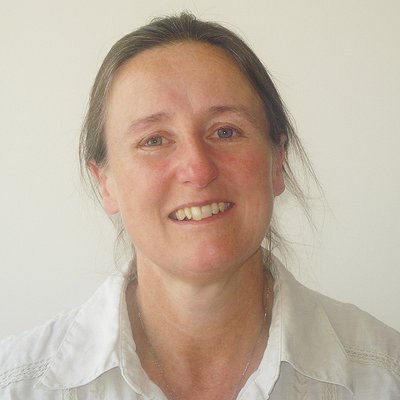Three graphs that show why FFD3 needs to mobilise more and better investments to end poverty
by Judith Randel
10 July 2015
Here at Development Initiatives (DI), we believe that information is power and that evidence-based decisions are critical to ensure resources are targeted where they are needed. That’s why we focus on understanding, unpacking and sharing with decision-makers data and information on investments to end poverty.
These three graphs highlight the data that we at DI would like to see decision-makers consider – and act on – in Addis Ababa for the Third International Conference on Financing for Development.
1. Domestic public resources can be the main driver of poverty eradication

Annual government expenditure in developing countries has increased: from $US667 billion in 1990 to over US$7 trillion in 2013
Domestic public resources and strong domestic policies will play a critical role in holistic financing and investment plans to end poverty.
2. The increased scale of international flows to developing countries means that a wide range of financing actors can now contribute to sustainable development

International resource flows such as foreign direct investment have also increased: from around US$415 billion in 1990, to more than US$2 trillion in 2013
Given this changing financial landscape, there is the opportunity to use many more resources to invest in global development and ending poverty. As Secretary-General Ban Ki-moon says, in this new era ‘everyone must play their part’.
However, not all resources have the same impacts on poverty or development, nor can they be targeted in the same way. We need to use and target different financing flows, according to their comparative advantages.
3. International public finance, particularly ODA, remains essential

Countries with the lowest levels of government spending see ODA making up the largest single part of their budgets
The above graph shows that ODA is still one of the most critical flows for countries that have low levels of government spending. ODA also has a comparative advantage over other financing flows, in that it can be targeted to the poorest people and the poorest countries. For some countries, even the most optimistic scenarios on domestic resource mobilisation will not be adequate to meet the challenge of ending extreme poverty by 2030. It therefore remains critically important that decision-makers ensure renewed commitment to effective ODA at Addis Ababa, as well as focusing on domestic resource mobilisation.

